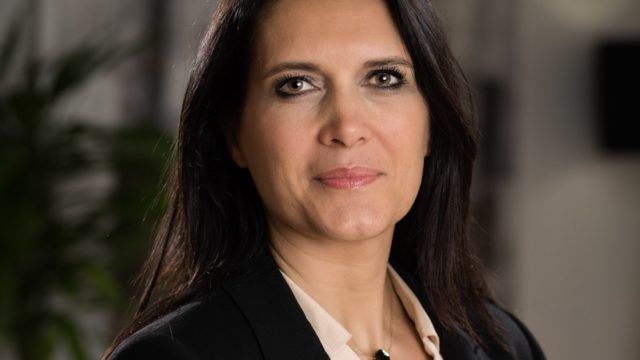Among the fund houses that have this year launched or plan to introduce themed funds in Asia are Janus Henderson, Nikko Asset Management, UOB Asset Management, Allianz Global Investors, Blackrock, and Value Partners.
Pictet Asset Management was earlier than the pack, for several years offering strategies such as digital and clean energy in Asia.
Now Amundi intends to introduce five themed funds advised on by subsidiary CPR Asset Management: Climate Action; Education; Food for Generations; Global Disruptive Opportunities; and Global Silver Age.
All five have ESG factored into the investment strategy, said Estelle Menard, CPR’s deputy head of global thematic equities, who sees it as a differentiator.
“Asian markets have become mature and receptive to thematic equities, and the ESG approach is on its way to turn into the new normal,” Menard told FSA.
Still it’s difficult to miss the similarities across rival products. For example, they tend to have technology at the core and more than one has the word “disruptive” in the product name.
Menard said CPR defines disruption as “a new product or service which, by being smarter, cheaper, simpler, or more convenient to use, is able to transform the existing market or create a new one.
“A company that complies with this definition is eligible to join our investment universe. Amazon for instance, has been a major disruptor of the retail sector. Its cloud business is an example of a new market.”
Managing the universe
She said the firm aims to avoid themes that are too narrow and thus dependent on one major factor to drive growth — a recurring criticism of themed funds.
The goal is also to avoid a theme addressed by a small number of companies, but an exception was made for the firm’s education strategy, which has only 160 stocks to choose from, Menard said.
She believes education “is back to being a hot IPO sector . 30% of the universe was not listed before 2015, and 30 stocks have joined the universe since 2017.
“This is a diversified universe that allows the management team to compose with defensive/cyclical sectors, growth/value stocks, and eventually build a diversified portfolio.”
Another challenge in managing five themes is that overlap occurs. She admits that certain stocks belong to more than one theme.
“Global Disruptive Opportunities and Global Silver Age are the two funds that most overlap with one another, at around 11% of their investment universes, which we believe is not a significant figure. We’re not uncomfortable with registering a stock in several investment universes.”
Risk of disruption
Disruption, however, cuts two ways. Where fund managers see opportunity, regulators see limitations. Self-driving cars, 5G technology, areas of fintech and healthcare/biotech are vulnerable to regulation, which could slow expected company growth rates, impacting the investment thesis.
“Regulation can be a key risk for some subsectors,” she admits.
“We took account of it when building our investment universes so it won’t be a cause of reassessing our investment thesis. Because our investment universes are diversified, we can cope with a negative regulatory impact on a subsector and take advantage of it in other subsectors,” she said.
Sell signals in the disruptive fund are based on reaching a predetermined target price. “If we are far lower than the target price, we need to do a deep dive in the company, and the best thing to do is to meet the company to be sure if we want to keep our investment,” Menard said.
Thematic funds attract investors with an interesting story. But the Amundi/CPR funds, set for launch in Singapore, will face tough competition from similar themed products, both active and passive.
It’s unclear whether the firm intends to introduce them in Hong Kong. But it may not be the best idea given the months of social unrest and an economy that has slid into recession.
It may be no surprise then that sector/thematic products accounted for nearly a quarter of the net redemptions in equity funds sold in Hong Kong during the first half of the year.
















